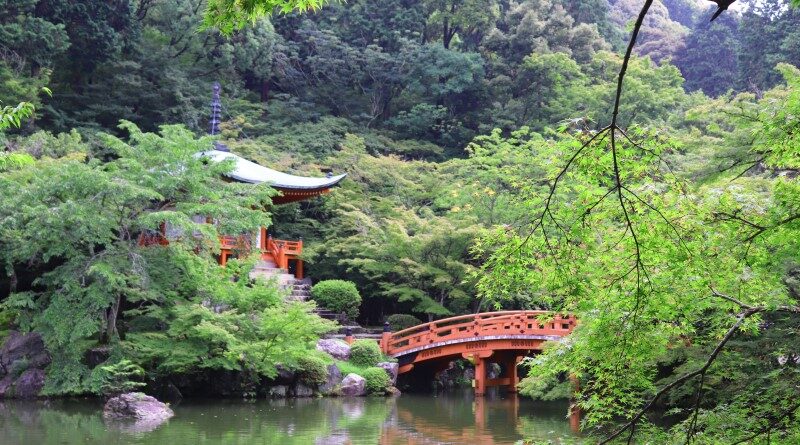
Daigo-ji Temple (Shimo-Daigo), Kyoto’s Historic Treasure
Daigo-ji Temple [醍醐寺] is home to the oldest wooden building in Kyoto, as well as many Japanese National Treasures that are dotted throughout the expansive temple grounds.
Daigo-ji Temple has two parts: Shimo-daigo [下醍醐] at the foot of Mt. Dagio and Kami-daigo [上醍醐] on the top of the mountain. Generally, when people say “Daigo-ji Temple”, they mean Shimo-daigo. In this post, we will just discuss Shimo-daigo. Don’t worry; our entry on Kami-daigo is just on the horizon.
The History of Daigo-ji Temple
According to temple records origins of Daigo-ji Temple date back to the late 9th century when the famous monk Shobo [聖宝], saw a five-colored cloud hovering over the mountain. Shobo climbed the mountain where he met an old man drinking from a spring. The old man smiled, looked at Shobo and said, “This water tastes daigo.*” The old man then suddenly disappeared and Shobo realized that this old man was indeed a guarding god of Mt. Daigo. Shortly after his experience, Shobo started to build a temple on the top of the mountain, where Kami-daigo is located today.

In the 10th century, since it was hard for many people to reach the top of the mountain, the temple built Shimo-daigo at the foot of the mountain. Unfortunately most of Shimo-daigo, except its pagoda, burnt down during the Onin War (1467-1477). At last, in the 16th century the shogun, Hideoyshi, revived Daigo-ji Temple. He even held a large hanami festival on the temple grounds that consisted of 1,500 guests. He also planted many sakura trees throughout the temple grounds, making Daigo-ji Temple today one of the best sakura spots in Kyoto.
*Daigo is an old Japanese word for delicious.
Temple Grounds
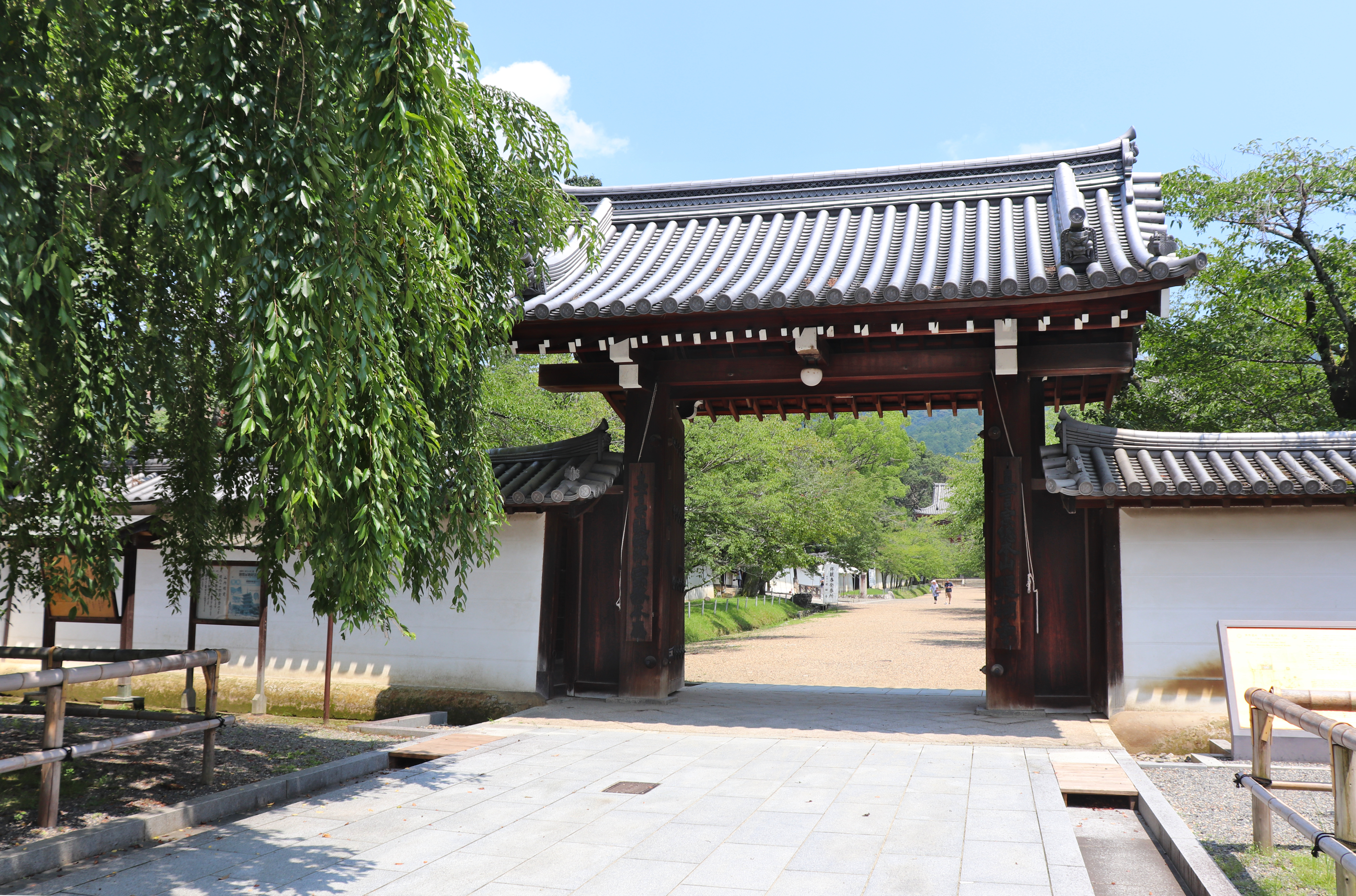
Upon entering the temple grounds, you will immediately feel its enormity. It is so large that you might not even realize where the main temple building is!

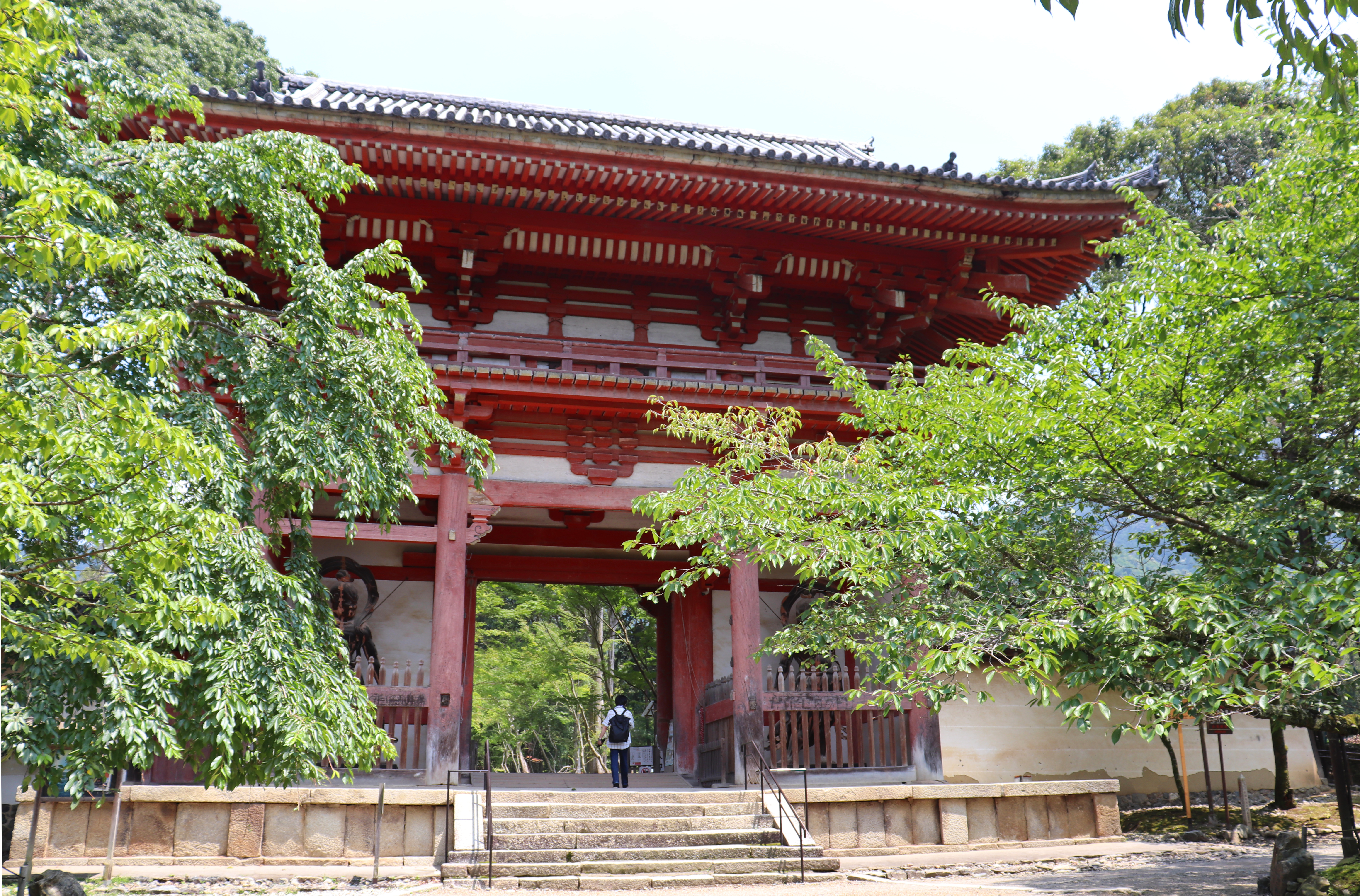
Kondo (Main Temple Building)
After you pass the West Gate, you will be in the main area of the temple. Among the many buildings in this area, pay special attention to the kondo, or main building. The original kondo burnt down, so during his revival of the temple, Hideyoshi moved the kondo from another temple in Wakayama and made it the current kondo of Daigo-ji. The building itself is quite ancient, built approximately in the12th century.

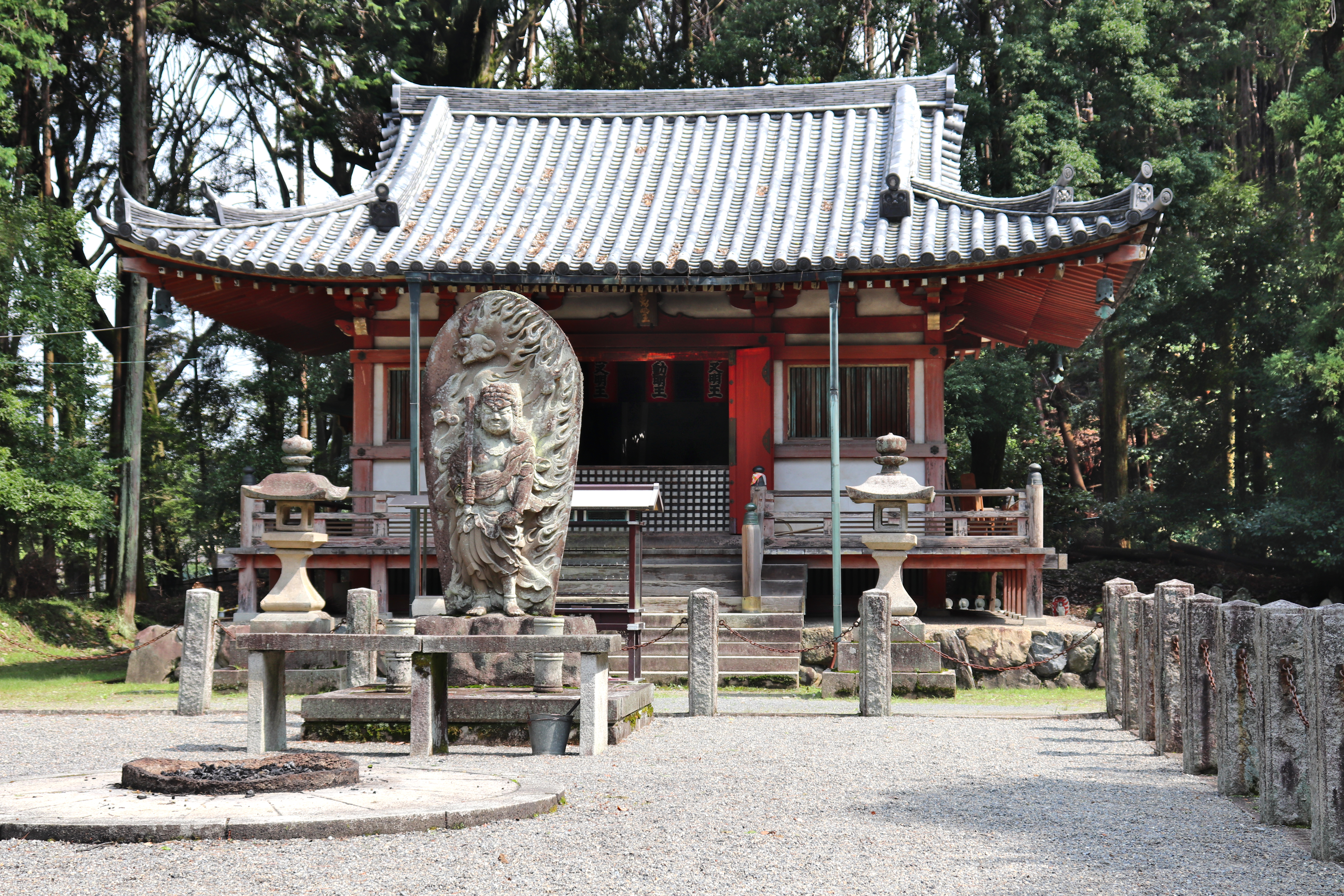
Pagoda
Another of the most important buildings you should definitely take time to see is the pagoda. Emperor Suzaku built the pagoda hoping to cure his ailing father, Emperor Daigo. This pagoda is sole part of the temple to survive the Onin War, meaning it stands as it did in 951. It is the oldest building in Kyoto.
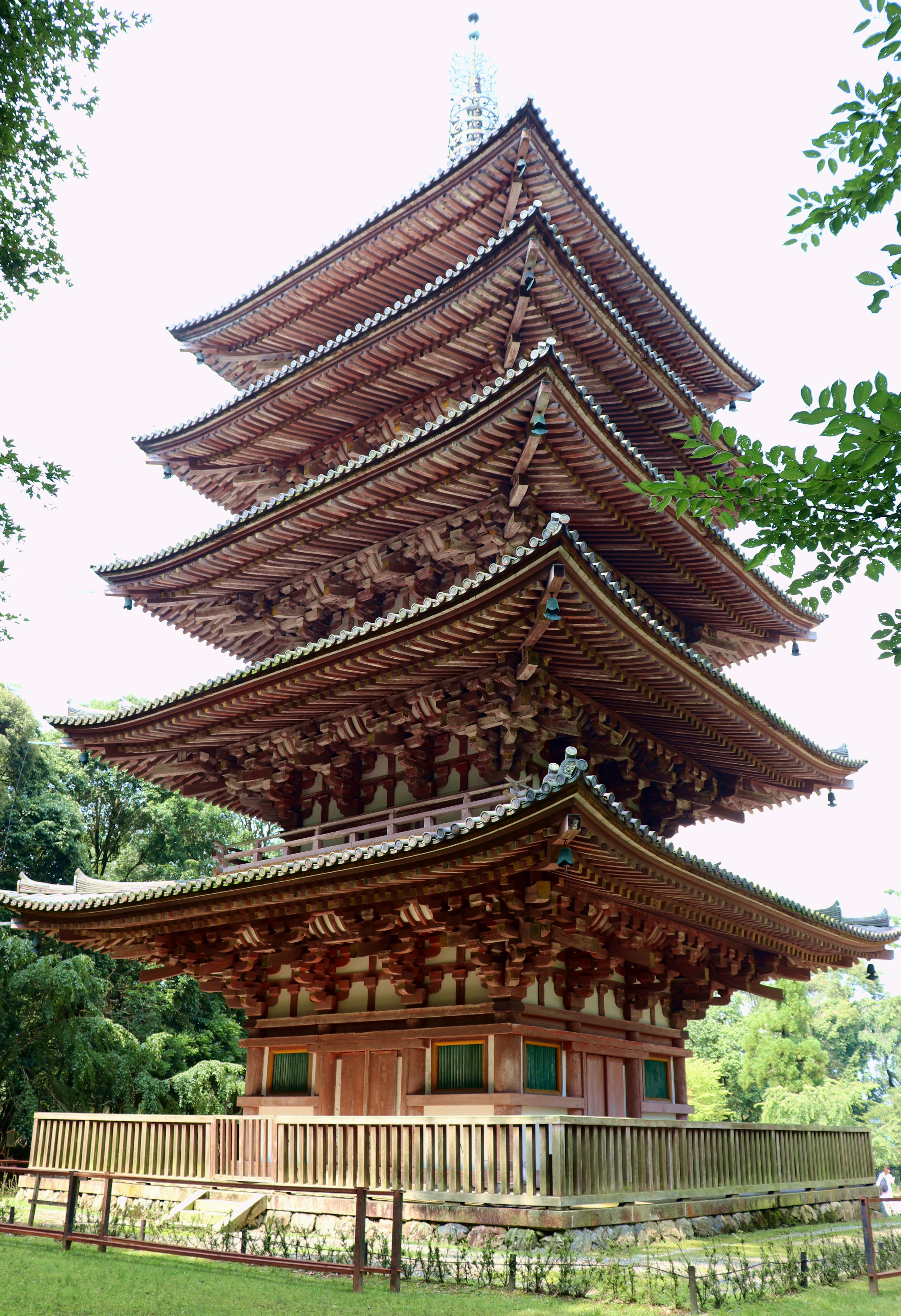
On far end of the temple is the kannon-do. The Kannon-do is currently the 11th temple of the Saigoku Kannon Pilgrimage. But the statue it currently enshrines, Juntei Kannon originally belonged to the Juntei-do in Kami-daigo. Sadly, the Juntei-do burnt down completely in 2008. Thankfully its kannon statue survived the fire and is being temporarily enshrined here.

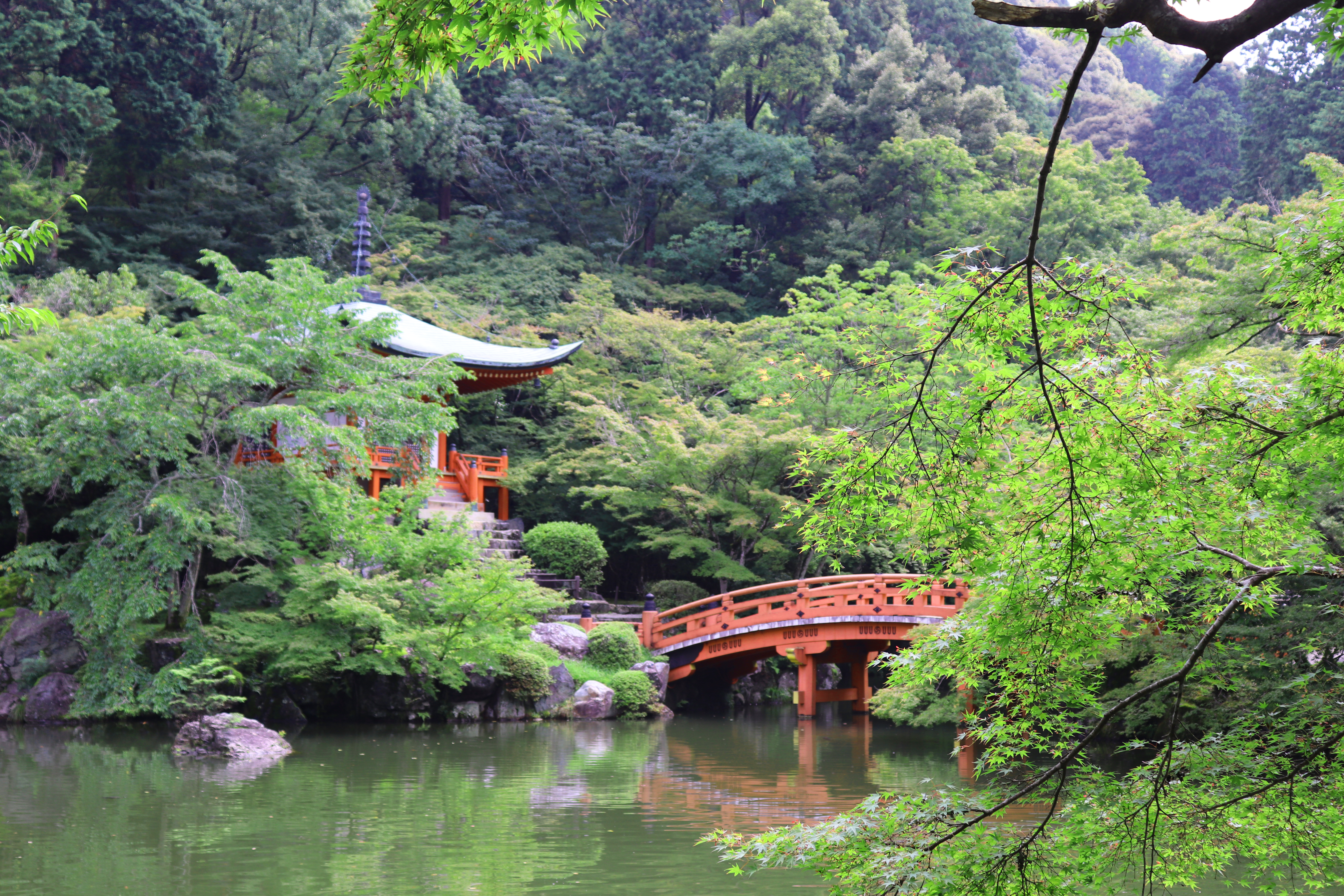
If you want to visit Kami-daigo too, exit through the gate near the Benten-do!!

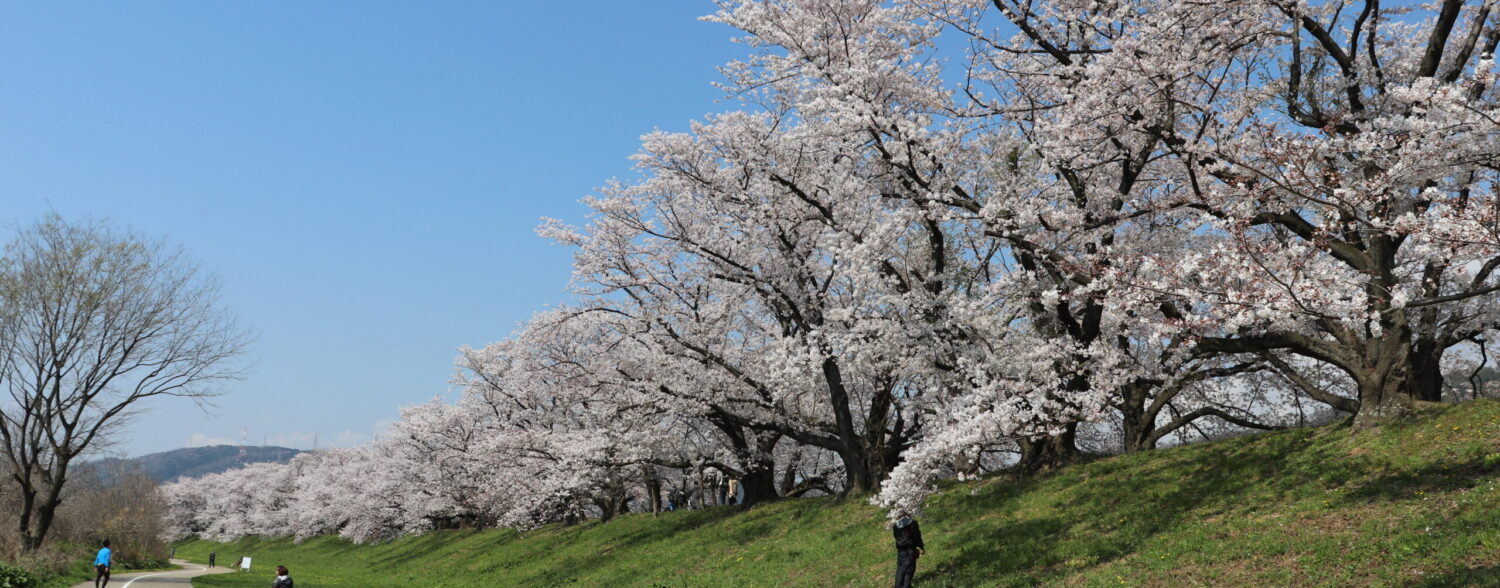
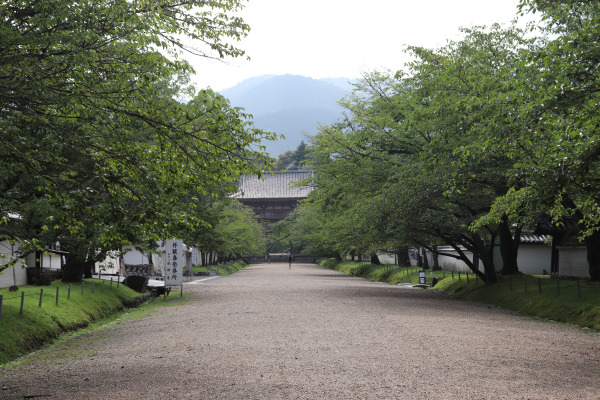
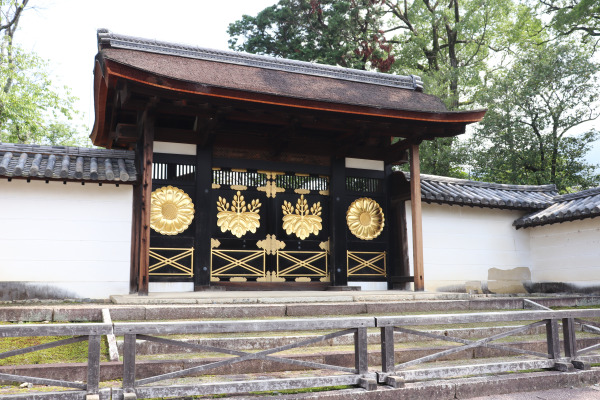
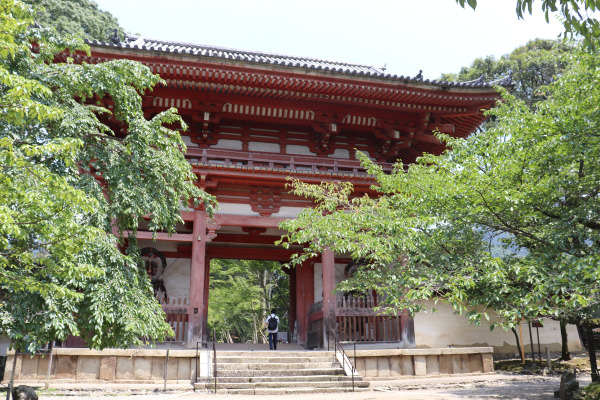
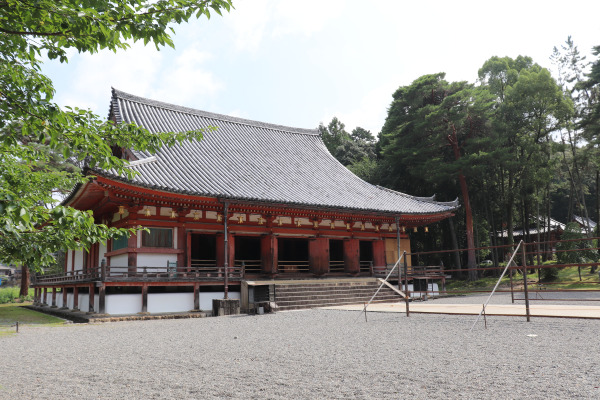

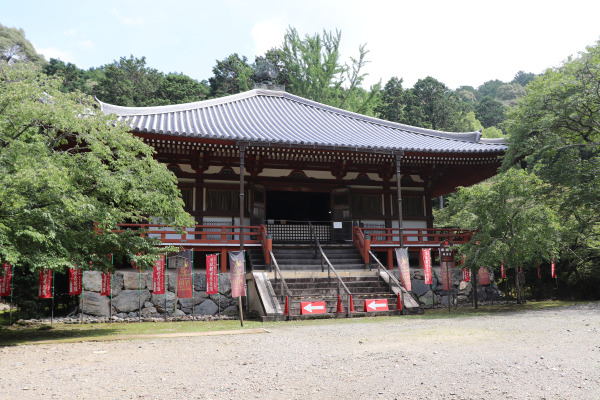

Leave a Reply